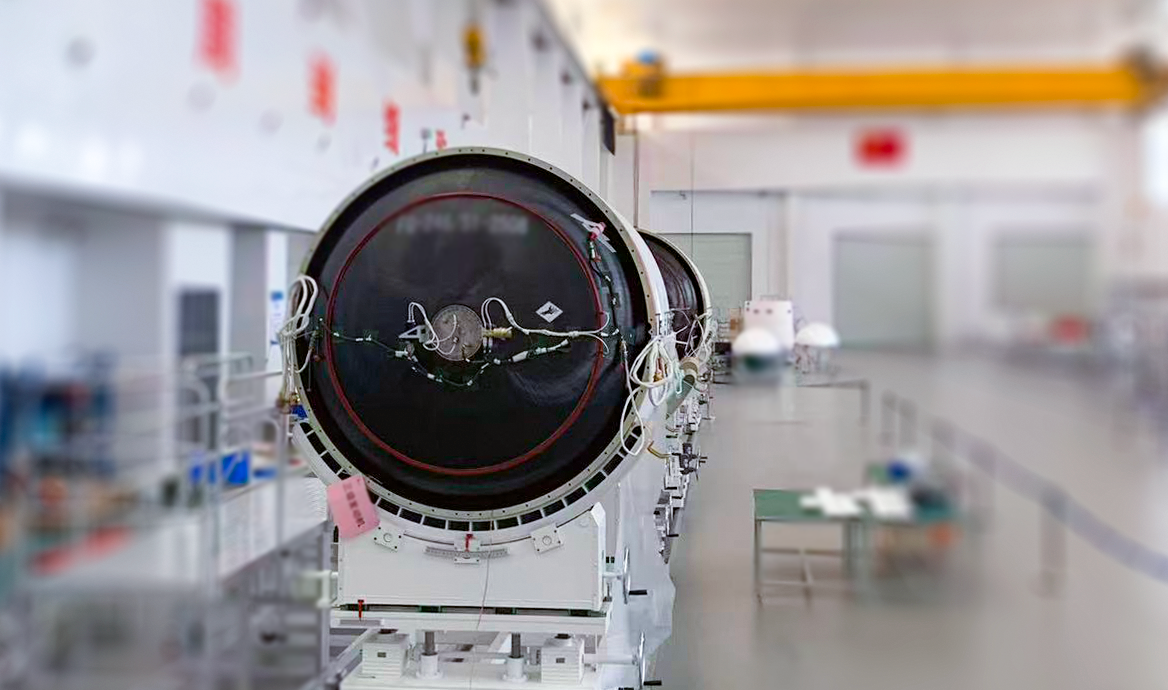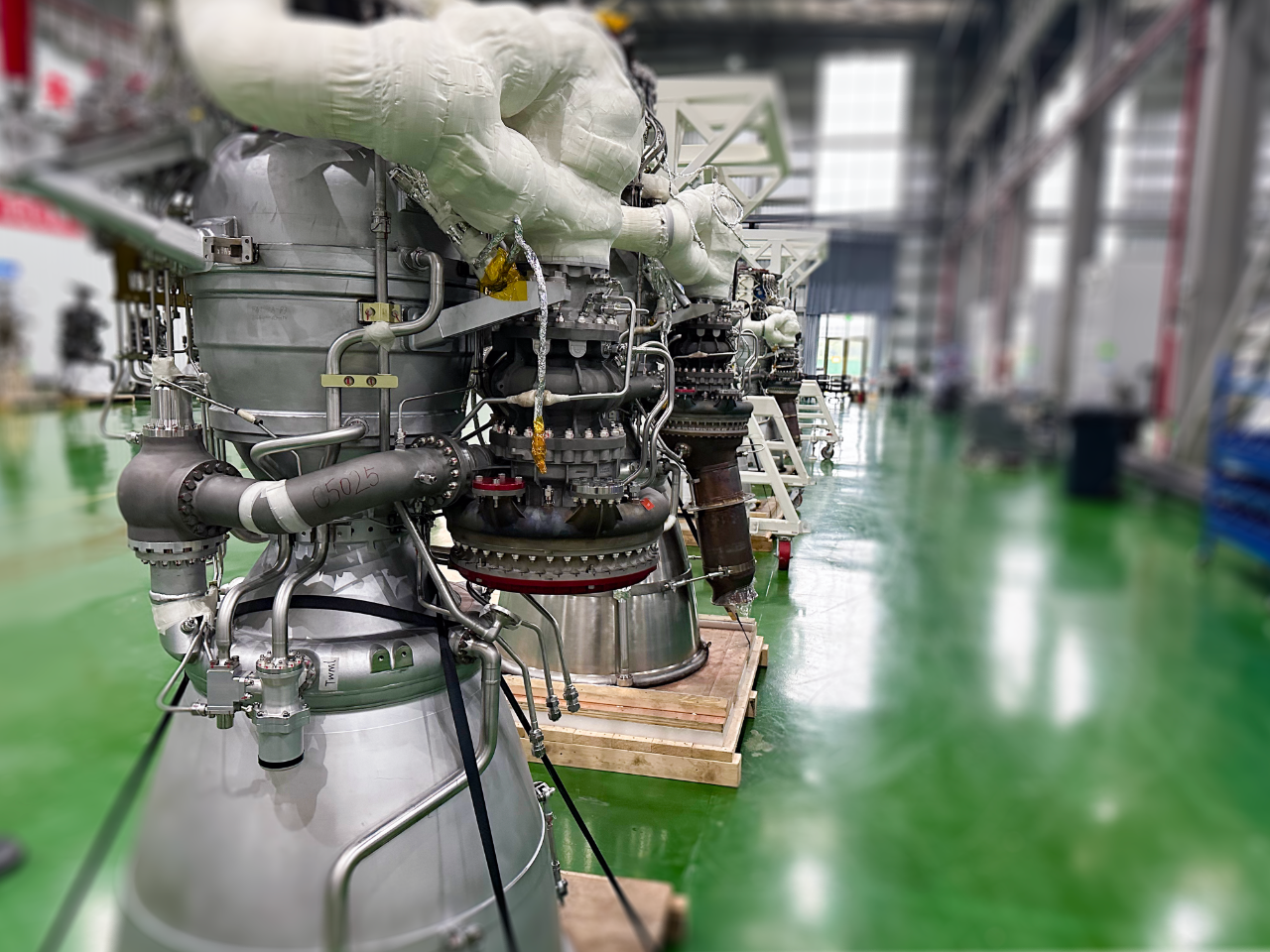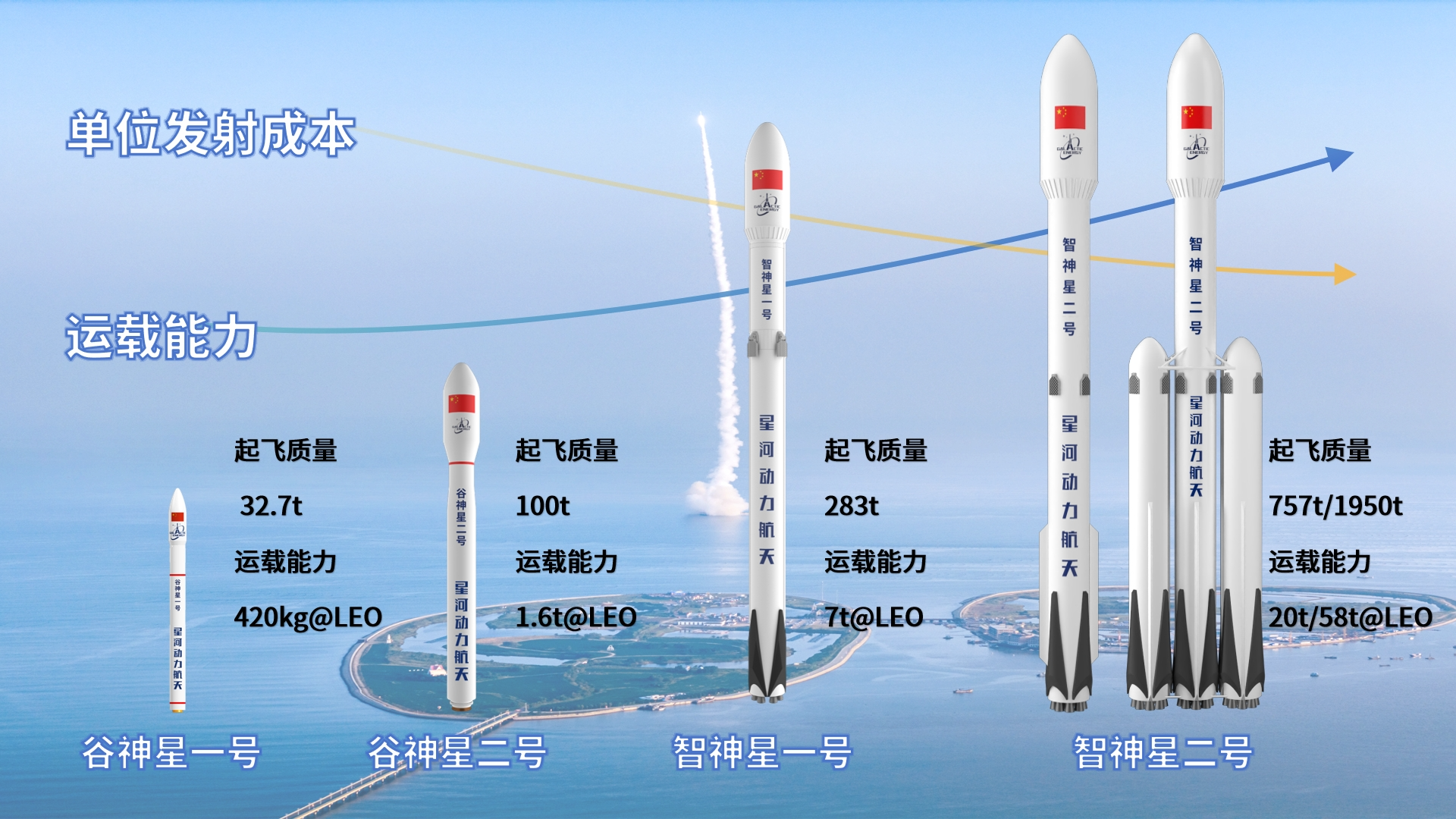As the fourth quarter of 2025 approaches, Galactic Energy has reached a significant milestone in its launch vehicle development: the debut flights of the Ceres-2 and Pallas-1 rockets have entered a critical phase. Recently, the engines for both rockets were delivered and assembly began, laying a solid foundation for our inaugural launches.
Ceres-2: Ready for Launch!
Recently, the Ceres-2 launch vehicle successfully completed all ground development and verification work, transitioning to the assembly stage. It is now poised to be ready for its maiden flight.

Ceres-2 is an upgraded version of the Ceres-1, featuring a three-stage solid tandem configuration with a liquid upper stage. With a launch mass of 100 tons, it offers a 500 km LEO payload capacity of 1.6 tons and a 500 km SSO payload capacity of 1.3 tons, achieving a launch efficiency of 1.3%, which is at the international leading level. The rocket supports launches from both land and sea platforms. While maintaining flexibility and rapid response capabilities, technological innovations and system optimizations have significantly reduced launch costs, making its per-launch price comparable to that of a 200-ton-class medium liquid rocket.
Pallas-1: Batch Delivery of CQ-50 Liquid Oxygen/Kerosene Engines
Recently, the CQ-50 liquid oxygen/kerosene engine, independently developed by Galactic Energy, has achieved batch production, assembly, testing, process trials, and post-test preparation. It has been officially delivered for the assembly and testing of the Pallas-1 rocket’s first-stage system tests, second-stage system tests, and the first flight mission.

Video | Seven-Engine Combined Swing Test
To date, the company has assembled, tested, and delivered over 30 engines, with cumulative test firing time exceeding 10,000 seconds. A single engine has undergone more than 2,000 seconds of cumulative testing, marking significant progress in the reliability and industrialization of the CQ-50 liquid oxygen/kerosene engine.
The CQ-50 liquid oxygen/kerosene engine is a fully independently developed 50-ton-thrust, open-cycle, reusable variable-thrust rocket engine. It incorporates innovative design technologies such as a high-performance pintle injector thrust chamber, a coaxial split dual-suction high-speed turbopump, and a spherical-conical multi-backflow vortex gas generator. Its sea-level specific impulse exceeds 265 seconds. The engine manufacturing process extensively adopts highly integrated 3D printing technology, resulting in low-cost production, continuous variable thrust, reusability, and multiple ignition capabilities. It has undergone extensive ground ignition tests.
The Pallas-1 is a two-stage liquid launch vehicle primarily targeting the large constellation deployment and large satellite launch markets. Its first stage uses a configuration of seven CQ-50 engines in parallel, with an optional Eros upper stage. With a launch mass of approximately 283 tons and a low-orbit payload capacity of 7 tons, it meets the requirements for vertical recovery and reuse of its stages.
300 kg to 58 Tons: Full-Spectrum Launch Capability
From the Ceres-1 achieving scaled commercial launches to the accelerated development of the Pallas-1’s main propulsion system—the CQ-90 hundred-ton-class liquid oxygen/kerosene engine—and the upcoming debut flights of the Ceres-2 and Pallas-1 rockets, Galactic Energy has established a comprehensive technical system and product matrix covering launch capabilities from 300 kg to 58 tons. This will provide China’s commercial launch market with more diverse, flexible, and efficient launch services while further supporting the needs of large-scale constellation deployment and enhancing the international competitiveness of China’s commercial space industry.
